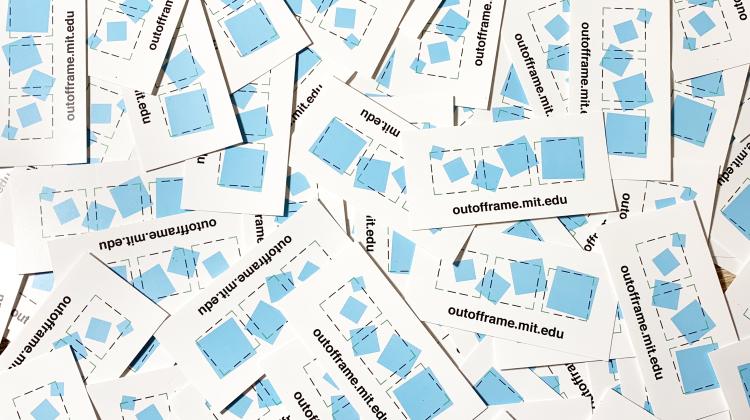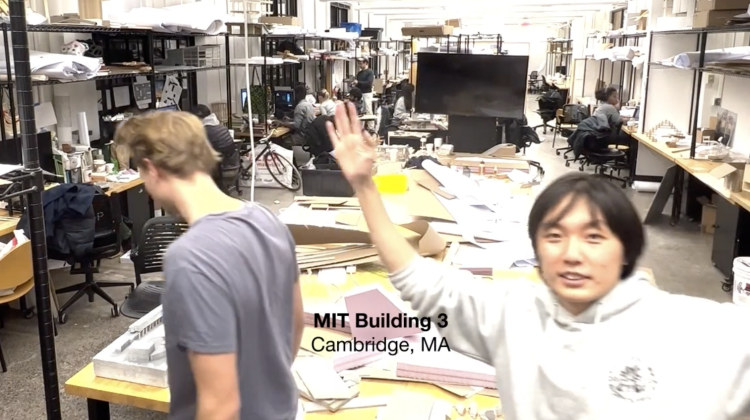Mingjia Chen
MCP, M.Arch
Mingjia Chen (he/they) enjoys documenting and reflecting on unassuming experiences as modes of inquiry into his work. He is currently completing his degrees in architecture and planning at MIT where he was the co-editor of Thresholds 53:Idle, the 2022-2023 editor of the online student platform Out of Frame, and teaching assistant for several classes within both departments of Architecture & Urban Studies and Planning.
Projects
Thresholds 53: Idle invites scholarly writing, artistic interventions, and criticism from the realms of architecture, art, and related fields to delve into the complexities of idleness. We aim to unravel how art and architecture have historically engaged, harnessed, or resisted the concept of idleness across different geographies and in different historical periods.
out of frame is a student-edited platform supported by MIT Architecture for all things untold, unseen, and forgotten. We are interested in elevating what is hidden in our everyday life, academic or not. Topics can span from untold (hi)stories to forgotten places, from things we misunderstand to unseen processes. Contexts situate anywhere in between the saturated bounds of the institutional. Formats include essays, videos, interviews, comics, and more.
Taking Hannah Landecker’s alternative concept of metabolism that the human body is the site where categories become blurred, the filming and editing process recognizes and portrays the design studio as a site of similar function.
The film opposes the conventional understanding that school projects are deeply hypothetical and immaterial. I take autoethnography as a critical method to investigate my education. Filming my studio class for the past two months, I hope to polemically demonstrate architectural design’s pedagogical goal as one that has significant material impacts beyond education.
Produced for 21A.859 Social Theory and Analysis, Fall 2022, Taught by Michael M.J. Fischer.
The film opposes the conventional understanding that school projects are deeply hypothetical and immaterial. I take autoethnography as a critical method to investigate my education. Filming my studio class for the past two months, I hope to polemically demonstrate architectural design’s pedagogical goal as one that has significant material impacts beyond education.
Produced for 21A.859 Social Theory and Analysis, Fall 2022, Taught by Michael M.J. Fischer.
Today, national borders are the very site of hyper-surveillance. Not every traveling body is mobile in the same way due to political and legal boundaries. Harald Bauder wrote that “the imagination of open borders is a faint and unfinished image that arises on a distant horizon, whereby the concrete terms of what an open-borders world would look like are not yet discernible.” Yet, border fluidity is already practiced by migrants daily, and is not utopian but part of an ongoing struggle for change. The modern practice of border fluidity is heavily policed.
Publications







